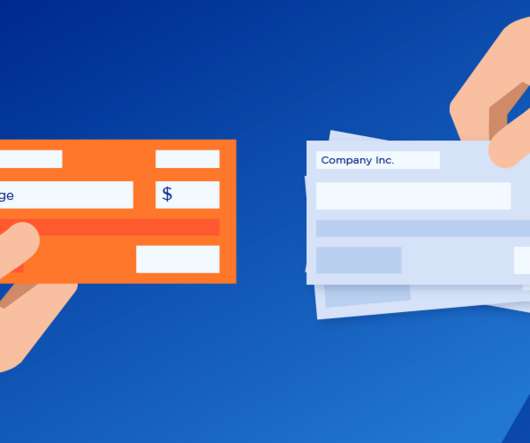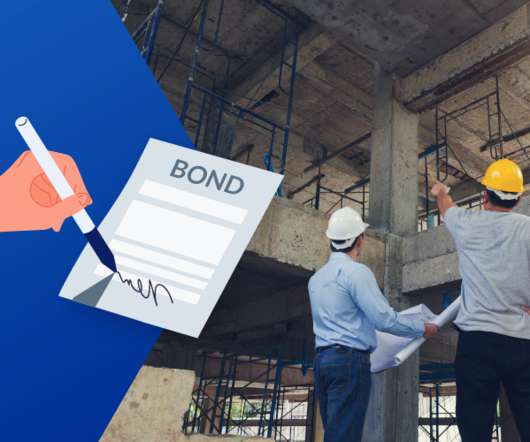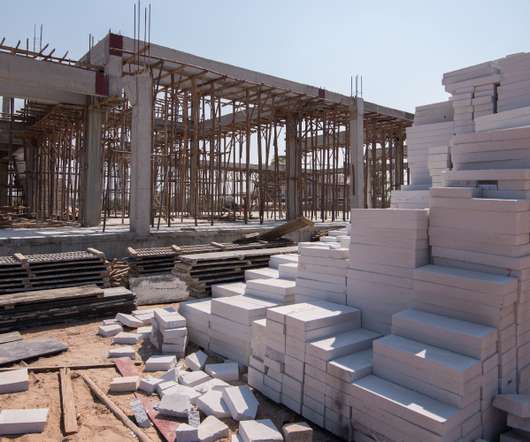Restoration: How to Manage Cash Flow While Waiting for an Insurance Check
Levelset
MARCH 21, 2022
Meanwhile, you’re incurring expenses that drain your bank account, like purchasing materials and paying employees. To cover these expenses, restoration contractors need to manage their cash flow to ensure they have enough money in the bank — especially when the insurance company is dragging their feet. Plan out your cash flow.

























Let's personalize your content